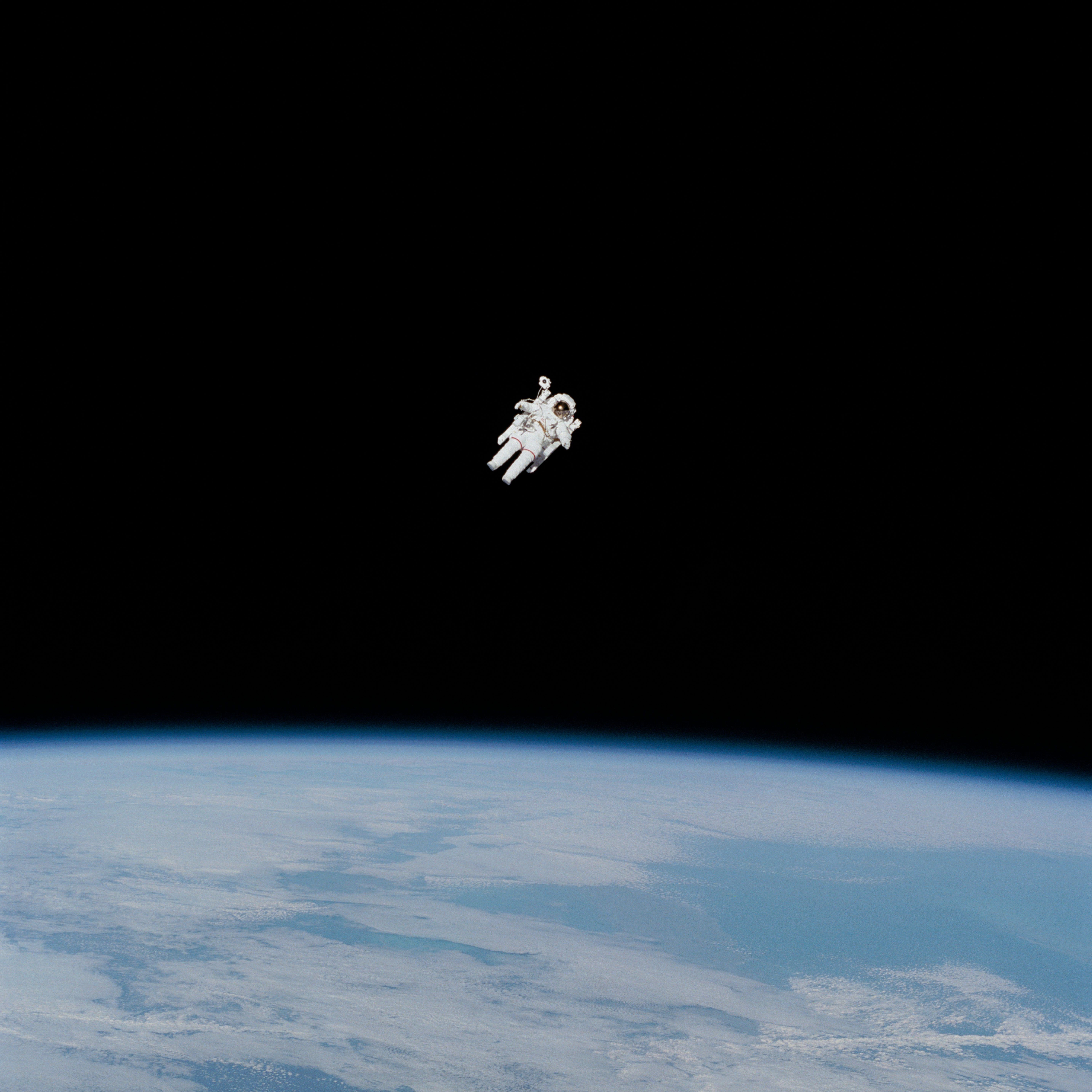Is there enough money for a second space race?
Across most of the world, space exploration is almost synonymous with NASA. Having recently celebrated its 60th birthday, there’s no doubt about the contributions that NASA has made to science. But, being the leading player in the space race comes at cost. Is the cost of space exploration and a potential second space race worth it?
NASA’s 2017 budget was at estimated $19 billion, around 0.49% of the total federal budget in the US. This budget covers all things space-related, including environmental monitoring, aircraft engineering, and other Earth-based functions, in addition the human space exploration and robotic probe schemes. $19 billion is a huge amount of money, but when the budget is broken down, NASA’s planetary exploration program (i.e. all the NASA missions which aim to explore the bodies of our solar system) only accounts to 0.04% of the total US budget. In that context, the space race does not appear to be costing that much.
The money invested in NASA is not wasted as it is estimated that every dollar invested sees a return of $7-14 to the economy
There is often criticism about government spending on space programs, money which could be better spent on Earth to solve problems here. However, the solutions to the problems on Earth often come from spin-offs of space exploration. NASA is a powerful driver of new technology; be it modern satellite communications, GPS, weather forecasting, the technology we rely on every day would not exist without space exploration. Additionally, NASA’s work also plays a vital role in the development of computers, modern robotics, as well as digital photography. The money invested in NASA is not wasted as it is estimated that every dollar invested sees a return of $7-14 to the economy.
NASA’s recent launch of its Parker Solar Probe sparked criticism with its not so small price tag of $1.5 billion. However, the price tag does appear to be justified. Taking into consideration that this spacecraft will explore the very centre of our solar system, the technology involved is bound to cost considerable amounts. The probe must withstand temperatures of above 1,300°C, complete 24 orbits of the Sun and travel faster than any other human-made object in history, reaching 430,000 miles per hour.
Closer to home, the European Space Agency (ESA) has an estimated budget of €5.6 billion for 2018, yet the European Commission officials proposed a €16 billion (around £14 billion) budget for spending over 2021-27. So where is all the money going to? The biggest segment, approximately €9.7 billion, will go towards further development and maintenance of Europe’s satellite navigation program Galileo and Egnos. Again, this is money being spent on technology which impacts our day-to-day life on Earth.
Expenditure in the space sector makes sense; sums are not huge and it’s an emerging sector with many benefits and great prospects of revenue during a lifetime
In 2017, the British government announced its £10 million initiative to support innovation in space commerce. Expenditure in the space sector makes sense; sums are not huge and it’s an emerging sector with many benefits and great prospects of revenue during a lifetime. It’s an investment in things we can’t imagine going without, including satellites for our phones, the internet, and weather forecasting. Investments of the taxpayers’ money have justification. Smaller players such as the UK and its space agency probably wouldn’t be able to justify spending money on the more glamourous and ambitious missions like its American counterpart NASA.
The private sector space race also appears to be a good investment. Virgin Galactic and the like will soon refine their technology and will be able to take people to space. While the ethical value of space tourism is somewhat questionable, the economics just work. Still remaining in the private sector but with different aims, Elon Musk’s SpaceX was established to reduce the cost of space travel. Musk achieved this with his re-usable rocket, Falcon 9, which made history in 2012 becoming the first commercial rocket to go to the International Space Station. Since then, Falcon 9 has made over a dozen more trips to the space station, each trip costing around $62 million. In collaboration with NASA, SpaceX’s Falcon 9 has delivered satellites to orbit, and transported cargo to and from the space station. Owners of these private sector space corporations use their own money for space exploration but are involved in scientific breakthrough which will no doubt benefit the majority of members of society.
Instead of ridiculing Musk for strapping a Tesla car to his SpaceX rocket and launching it into space, or question whether the money spent by governments on space exploration, we should encourage investment in the second space race. The likelihood of humanity ever calling quits on space exploration is slim to none. Investments will and should be made, not just to satisfy the curiosity of scientists and boost the egos of billionaires, but because of the impact the technology developed will have here, on Earth.

Comments (1)